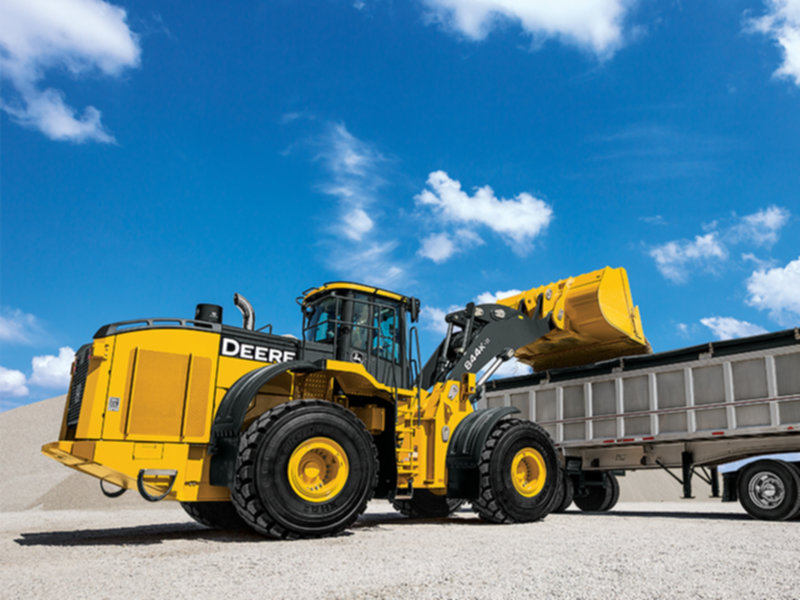Heavy Equipment Rental: High-Quality Machinery for Rental Fee
Heavy Equipment Rental: High-Quality Machinery for Rental Fee
Blog Article
Renting Vs. Acquiring Building And Construction Devices: Making the Right Choice for Your Job
When beginning on a building and construction project, one of the vital choices that predict managers and stakeholders encounter is whether to buy or lease construction devices. The choice hinges on numerous factors such as expense considerations, job duration, devices upkeep, versatility, threat, and scalability management.
Cost Considerations
When evaluating the economic element of leasing versus getting building and construction equipment, the upfront costs and long-lasting expenditures need to be very carefully considered. Leasing devices usually requires reduced first settlements contrasted to acquiring, making it an appealing option for temporary jobs or service providers with budget plan restraints. Renting out eliminates the demand for large funding investments and decreases the economic danger related to tools ownership, such as maintenance and devaluation expenses. However, over time, continually renting equipment can gather greater costs than acquiring, specifically for extensive jobs.
On the other hand, purchasing building and construction tools entails higher ahead of time costs yet can result in lasting financial savings, specifically for regular users or long-term jobs. Possessing tools provides versatility, ease, and the possibility for resale value once the project is finished. Additionally, having tools enables modification and experience with particular equipment, possibly increasing efficiency and efficiency on-site. Ultimately, the decision in between acquiring and renting out building devices depends upon the task's period, regularity of use, spending plan considerations, and lasting economic goals.
Task Period

On the other hand, for long-term tasks or ongoing building job, acquiring tools could be the much more economical option. Purchasing tools can lead to cost savings in the lengthy run, especially if the devices will be regularly utilized. In addition, owning devices provides a sense of control over its availability and permits modification to fit certain project demands.

Tools Upkeep
Offered the vital duty job period plays in figuring out the most cost-efficient strategy in between buying and renting building and construction equipment, the emphasis currently moves towards analyzing the essential aspect of tools upkeep. On the other hand, owning tools requires a proactive approach to maintenance to avoid failures, ensure safety, and prolong the tools's life-span. Ultimately, a well-maintained building and construction tools fleet, whether rented or owned, is vital for the successful and effective completion of building jobs.
Adaptability and Scalability
In the realm of building and construction tools monitoring, the element of adaptability and scalability holds considerable relevance for task performance and source usage. Opting to lease linked here building and construction devices gives a high level of flexibility as it enables for the quick adjustment of equipment types and quantities based upon the evolving demands of a task. Renting out allows contractors to access a vast array of specialized devices that may be needed for certain tasks without the long-term commitment of possession. This versatility is particularly helpful for tasks with differing requirements or uncertain durations (forklift rental).
Moreover, scalability, an additional crucial variable, is naturally connected to adaptability. Leasing building tools uses the advantage of conveniently scaling operations up or down as project needs rise and fall. Service providers can promptly add or trade tools to match the task's altering demands without the restraints of having possessions that may come to be underutilized or obsolete. This ability to scale resources effectively can result in cost savings and improved job timelines, making leasing a positive choice for projects calling for flexibility and receptive source allocation.
Threat Administration
Reliable danger monitoring in construction equipment procedures is critical to ensuring job success and mitigating prospective financial losses. Building jobs naturally entail numerous risks, such as tools failures, mishaps, and project hold-ups, which can significantly impact the task timeline and spending plan. By thoroughly taking into consideration the dangers connected with owning or renting out construction equipment, project supervisors can make informed decisions to lessen these potential hazards.
Renting out building and construction equipment can use a degree of danger mitigation by moving the responsibility of repair and maintenance to the rental company. This can lower the financial problem on the task proprietor in situation of unanticipated tools failures (aerial lift rental). Furthermore, leasing offers the versatility to accessibility specialized devices for specific task phases, lowering the threat of having underutilized machinery
On the various other hand, possessing construction devices offers a sense of control over its use and upkeep. However, this also means bearing the full duty for repair services, upkeep costs, and depreciation, raising the financial threats related to tools ownership. Cautious threat assessment and factor to consider of factors such as job period, equipment application, and maintenance demands are crucial in determining the most ideal option for reliable risk monitoring in building projects.
Final Thought
In final thought, when deciding in between acquiring and renting out building and construction equipment, it is essential to take into consideration cost, project period, tools maintenance, risk, flexibility, and scalability monitoring. Each aspect discover here plays a crucial function in establishing one of the most suitable alternative for the project available. By thoroughly evaluating these elements, job supervisors can make an enlightened decision that lines up with their spending plan, timeline, and general project objectives.

Report this page